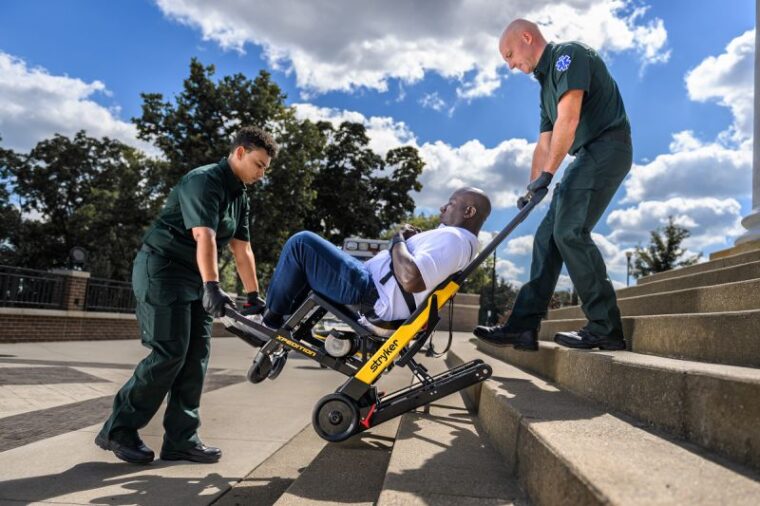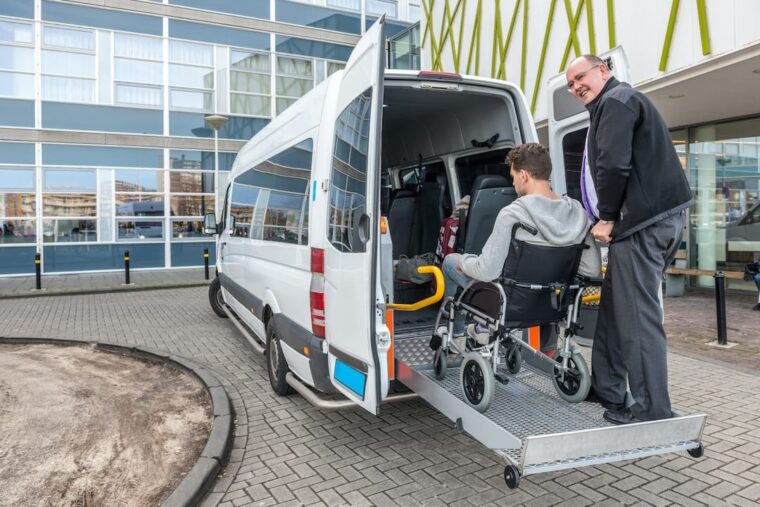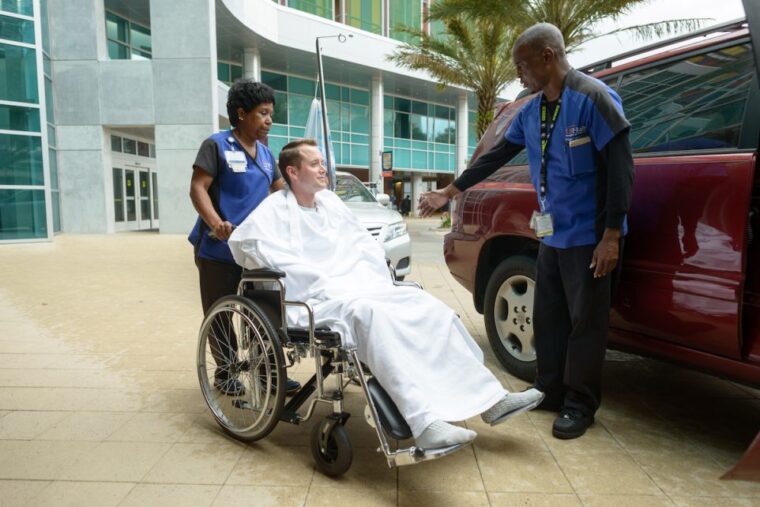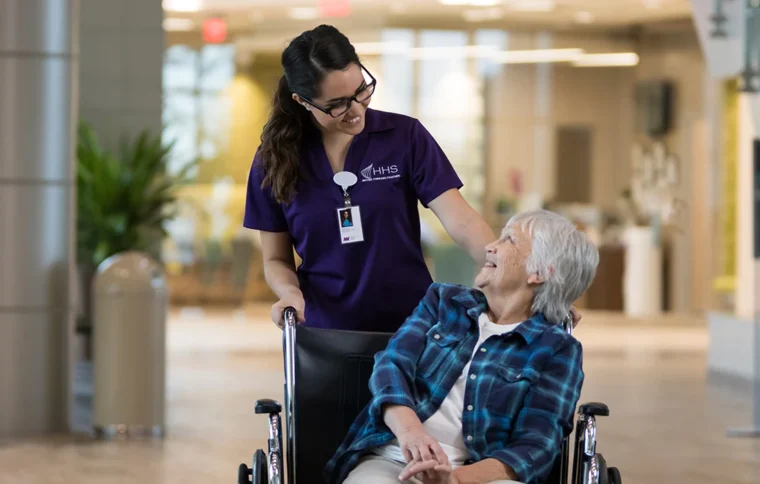Navigating the healthcare landscape can be daunting, with an array of complexities to handle, from diagnosis to treatment plans. Among these intricacies, patient transport is a vital, yet often overlooked aspect. A fundamental cornerstone of healthcare accessibility, patient transportation facilitates safe and convenient journeys to and from hospital appointments. However, it also comes with its unique set of challenges, which can significantly impact the patient experience. This blog post aims to elucidate these challenges, explore various patient transport solutions, and guide readers on choosing the most suitable transportation option for their needs.
Understanding the Challenges

Patient transport to hospital appointments brings a host of challenges. Primarily, patients with mobility issues struggle to access regular vehicles or public transport, thereby requiring specialized solutions. Lack of reliable transportation can lead to missed or delayed appointments, adversely affecting health outcomes. Additionally, geographical distance and socio-economic factors can contribute to transportation barriers. Rural patients often travel longer distances to access healthcare, while economically disadvantaged patients may lack private transportation, rendering them dependent on often unreliable or inaccessible public transport. Recognizing these challenges is the first step in finding a solution.
Non-Emergency Medical Transportation (NEMT)
Non-Emergency Medical Transportation (NEMT) is a specialized service designed to transport patients to their medical appointments safely. Equipped with specially designed vehicles that cater to patients with mobility challenges, NEMT ensures that everyone can access healthcare services. These services employ trained personnel who assist patients throughout the journey, enhancing patient comfort and safety. Furthermore, NEMT services often offer door-to-door transport, easing the burden on patients and caregivers alike.
Public Transportation Options

Public transportation, including buses, trams, and trains, can be a cost-effective solution for patients with mobility capabilities. Many cities offer accessibility features in their public transport systems, such as wheelchair ramps and priority seating. Additionally, some municipalities provide discounted fares or specific services for elderly, disabled, or low-income patients, further increasing accessibility. However, patients should consider factors like route availability, travel time, and comfort when opting for public transport.
Ridesharing and Transportation Network Companies (TNCs)
The rise of ridesharing and Transportation Network Companies (TNCs) like Uber and Lyft has revolutionized patient transportation. These services offer on-demand, door-to-door transportation at competitive prices. While TNCs provide convenience and flexibility, considerations around driver training, vehicle accessibility, and hygiene standards make them a less suitable option for patients with specific healthcare needs.
Hospital Shuttle Services

Hospital shuttle services offer an excellent transport solution, especially for patients needing regular visits. These services typically cover specific routes, providing free or subsidized transport between different hospital sites, parking lots, or other designated locations. Many shuttles are equipped with accessibility features, ensuring patients with mobility challenges can travel comfortably. While service availability and routes may vary, hospital shuttles often provide reliable and stress-free transport.
Volunteer Driver Programs
Volunteer driver programs have emerged as a compassionate solution to patient transport issues. These initiatives rely on community members volunteering their time and vehicles to transport patients to their appointments. Besides providing a cost-effective transportation option, they foster a sense of community and support, particularly for elderly or isolated patients.
Ambulance and Medical Transport Services

For patients with critical health conditions or severe mobility issues, ambulance and medical transport services offer safe and efficient transportation. These services are particularly crucial for those requiring regular trips for treatments such as dialysis or chemotherapy. Distinct from emergency ambulance services that cater to immediate and severe health crises, these medical transport options serve non-emergency situations, providing specialized care and equipment during transport.
This includes stretchers, respirators, or other necessary medical equipment. Additionally, these services offer trained medical personnel who can monitor the patient’s condition throughout the journey. While typically more expensive due to their specialized nature, these services should be considered for patients with specific medical transport needs or who require additional care during transit.
Telemedicine and Virtual Consultations
Telemedicine and virtual consultations are revolutionizing healthcare delivery, often eliminating the need for physical transportation altogether. These digital healthcare solutions are increasingly becoming a mainstay of modern medicine, particularly amidst concerns for infection control or when travel may be a hindrance. By leveraging advanced digital technologies, healthcare providers can offer consultations, monitor patient health, and even provide certain treatments remotely.
This can range from online therapy sessions to remote management of chronic conditions. While not applicable for all medical situations, especially those requiring physical examinations or procedures, these solutions are a convenient and highly efficient alternative for routine check-ups, follow-ups, or discussions of test results. Thus, telemedicine can significantly reduce the need for hospital visits, saving patients time and travel-related stress.
Insurance Coverage and Reimbursement

Understanding insurance coverage for patient transportation is absolutely critical in the broader scope of healthcare management. Insurance policies can vary significantly, with some covering specific transport options like Non-Emergency Medical Transportation (NEMT) or ambulance services. These services are particularly beneficial for those with mobility issues or frequent healthcare visits. Other policies may offer reimbursement for out-of-pocket transport expenses, which could include rideshare services or private vehicle usage.
As such, patients should make it a point to thoroughly review their insurance policies to understand what types of non emergency ambulance transport are covered. Additionally, in cases where coverage is lacking or insufficient, patients should consider supplemental insurance or alternative funding options if necessary. This could potentially save significant amounts of money and alleviate stress associated with managing healthcare transportation.
Tips for Choosing the Right Patient Transport Solution
Choosing the right patient transport solution involves considering factors like cost, accessibility, comfort, and reliability. Patients should assess their physical capabilities, healthcare needs, location, and budget to identify the most suitable option. Consulting with healthcare providers, insurance companies, or local health departments can provide valuable insights to guide this decision.
Bottom Line
Patient transport solutions are a cornerstone of healthcare accessibility, significantly impacting patient experiences and outcomes. While challenges exist, numerous options cater to diverse needs, from NEMT and hospital shuttles to ridesharing and telemedicine. By understanding these options and their insurance implications, patients can make informed decisions, ensuring safe, stress-free journeys to their hospital appointments. Remember, healthcare isn’t just about treatments and medications; it’s also about ensuring a comfortable journey through it all.
